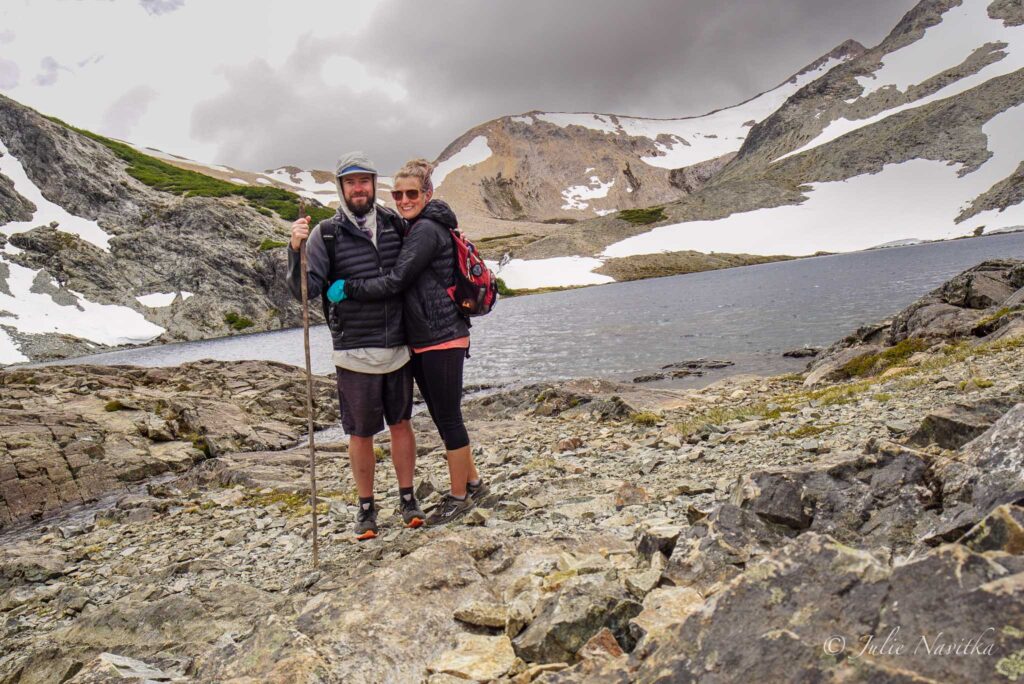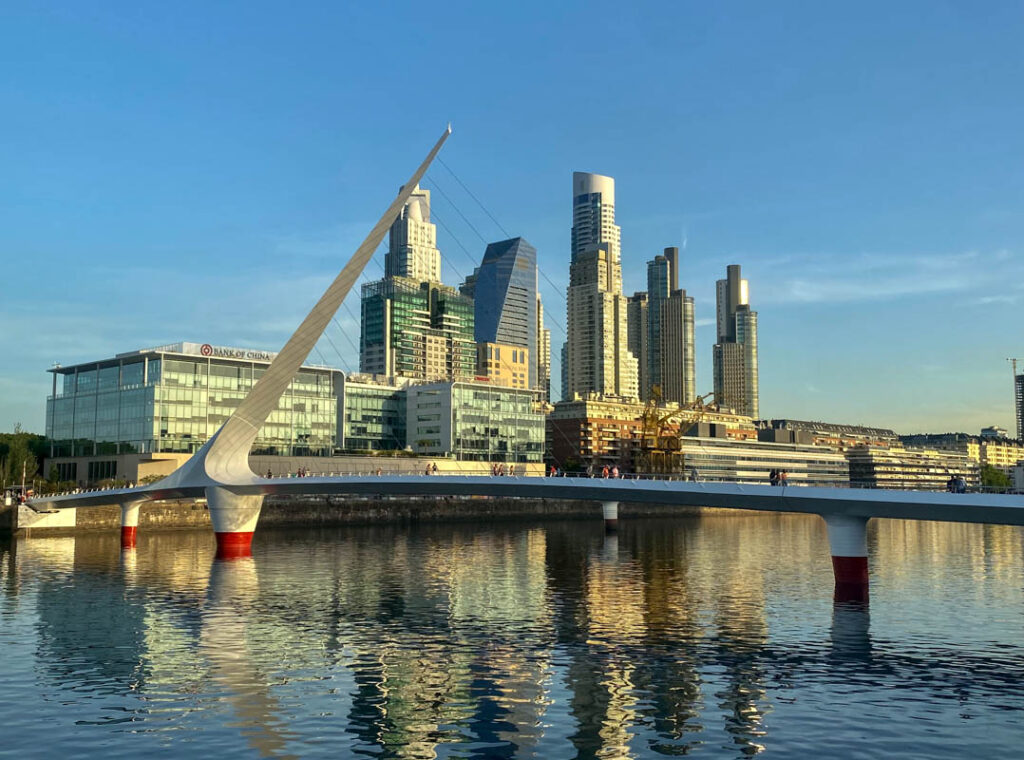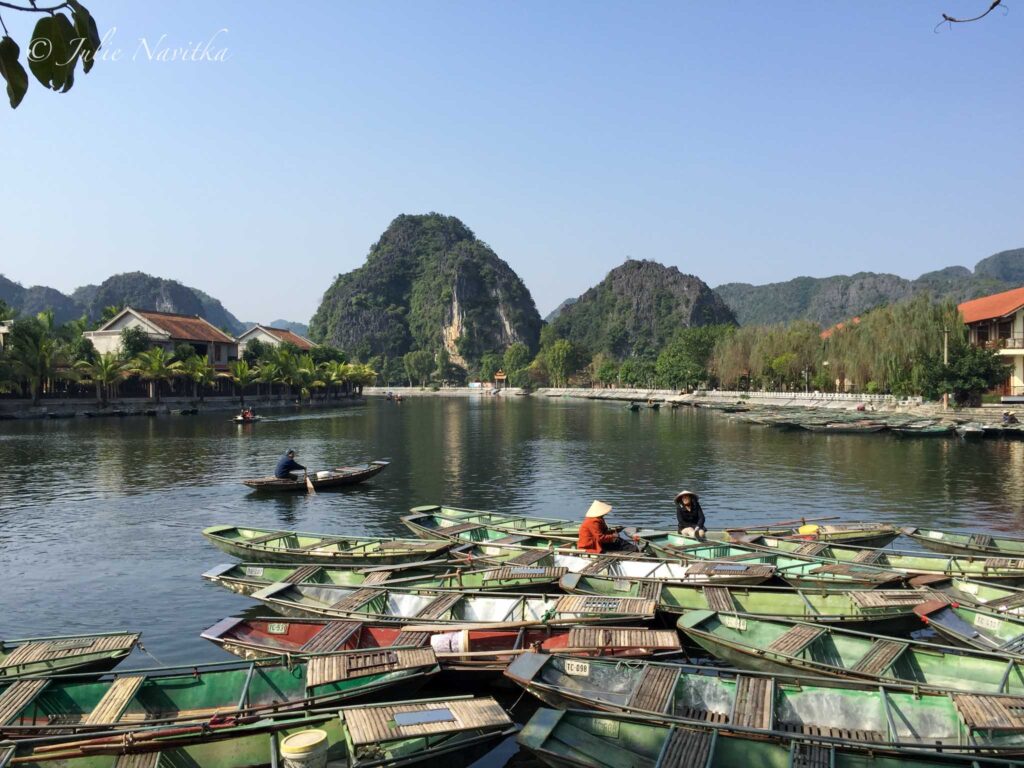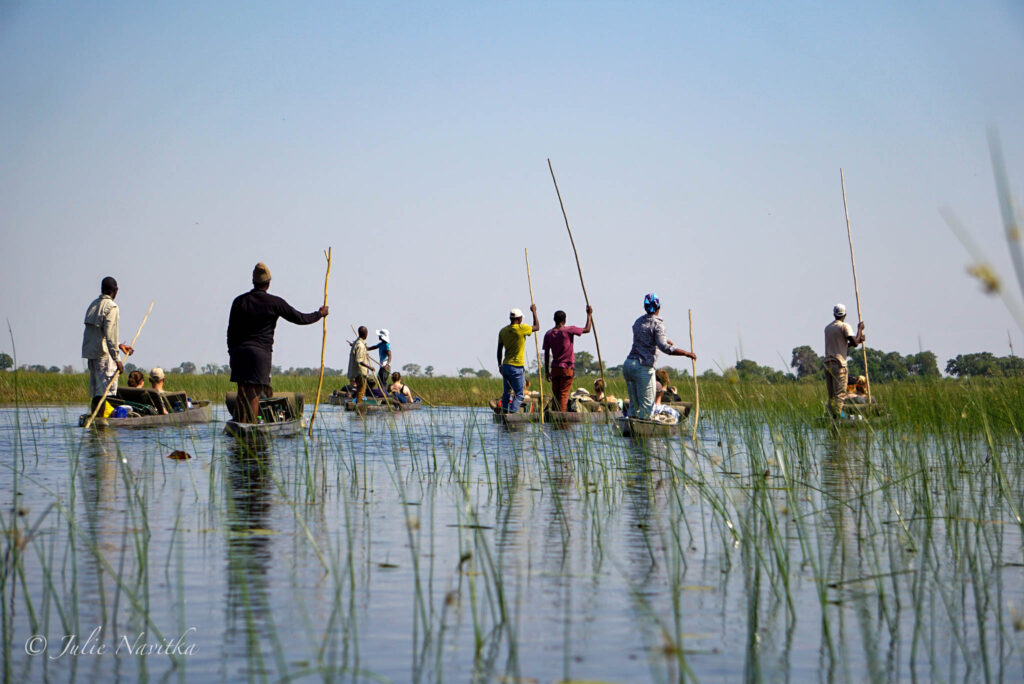Sustainable Digital Slomads
Estimated reading time: 10 minutes
A new travel movement has started to take hold of a small portion of the population. The traditional lifestyle of settling in one place, owning or renting a home, commuting to work each day, and starting a family – is not the norm for this trend. I had already been wondering how I could spend the rest of my life traveling sustainably, when a few of years ago I heard the term “digital nomad.” Fast forward a couple of years, and my partner and I are now officially sustainable digital nomads.

Our Story: Becoming Full-Time Slomad Travelers
First of All, What is a Digital Nomad?
Nomadic lifestyles certainly aren’t a new concept – we’ve met plenty of boomer-generation nomads who have been working remotely and living abroad for a long time without any planted roots in our travels. However, in recent years, the trend is growing with the ever-increasing opportunities to earn a living via remote work online. The pandemic taught us that many jobs can be done by remote workers that once commuted to an office (or otherwise) every day. This has led to an increase in digital nomadism.
There isn’t one precise definition of a digital nomad, but those who work remotely online and engage in long-term travel likely fall into the scope. This lifestyle typically would have nomads changing location periodically – some as often as every month or less.
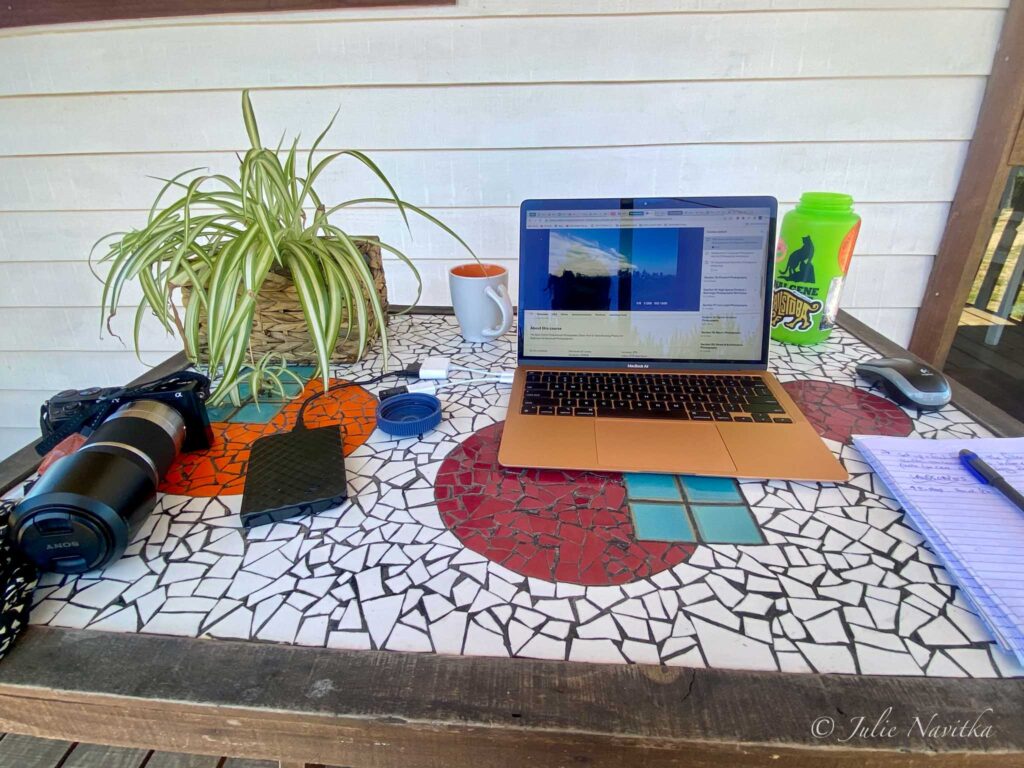
In a world where sustainability is important to many of us, slomad travel becomes a way to manage your carbon footprint. Travel emissions are spared by changing locations every few months or longer before moving to your next destination. More time spent in fewer locations also allows sustainable remote workers to become involved in the community, contribute to the economy, and connect with local people.
Sign up for our newsletter here and we’ll send you a free copy of our “Ultimate guide: Understanding Sustainability!”
Taking the leap to becoming sustainable digital nomads
My partner, Kyle, was onto the digital nomad trend before we met. He had already stopped working as a pilot and started an online business with his best friend. On the other hand, I had been taking year-long leave of absences from teaching kids about sustainability in a classroom to fulfill my need to travel. I hoped that one day I would devise a plan to make my dream of exploring the world sustainably, country by country, a reality. I longed for freedom and didn’t desire to spend the best years of my life in one location.
After finding and meeting Kyle during the pandemic (online, of course!), I was amazed at how well our aspirations aligned. It wasn’t long before I was ready to take the leap to make our nomadic lifestyle happen. Once the worst of the pandemic was over, I resigned from my teaching position, sold my house, my car, and freed myself of almost all my belongings. We purchased a one-way ticket to Uruguay, and off we went, saying hasta luego to Canada and begin our eco-friendly and sustainable digital nomad lifestyle.
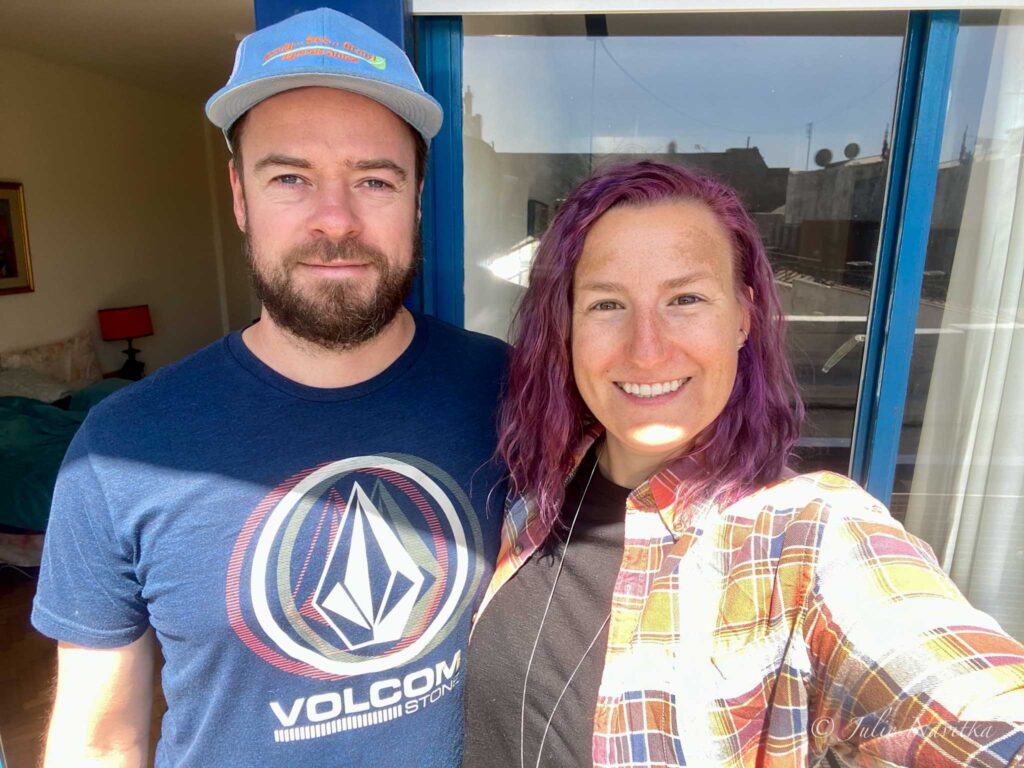
Digital Slomads and Sustainability – green nomad practices
At first glance, this lifestyle might not seem very sustainable, especially regarding the environment and emissions due to travel. There are many arguments to present that digital nomads are harming the economy, culture, and environment of the locations to which they travel. Although some of these hold weight, this article is aimed to help you live more sustainably while realizing your digital nomad dream. Read on to discover some eco-friendly work-from-anywhere practices.
Remote Work and environmental responsibility
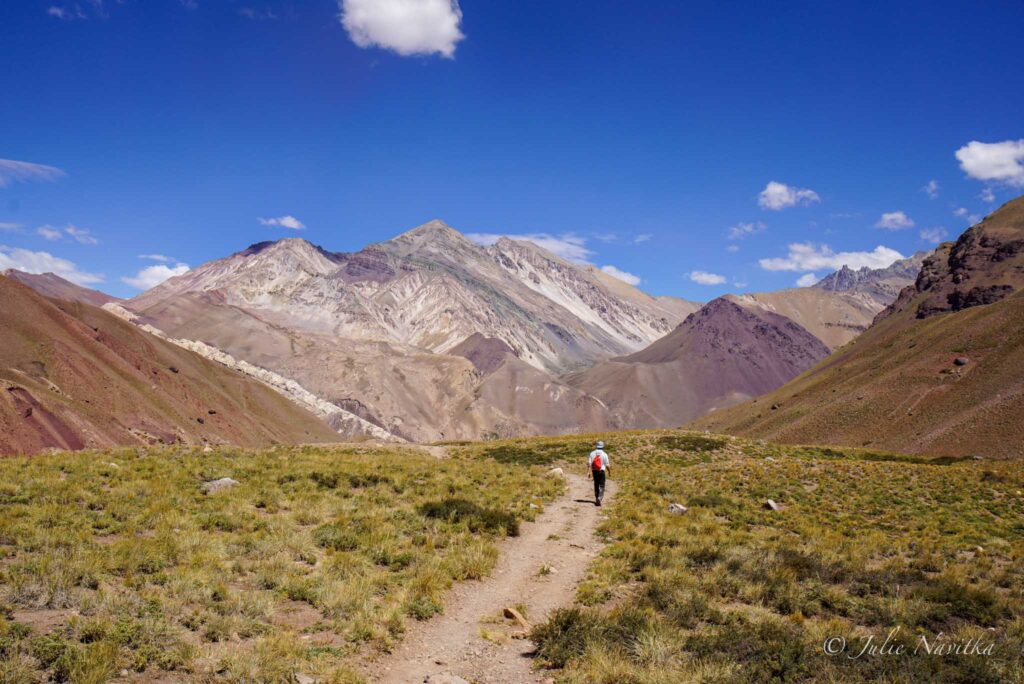
Thinking big
Since you’re already living a minimalist lifestyle out of a backpack, the next priority here is reducing your travel emissions. This will likely mean traveling slowly, and staying in one location longer than a week or two. Flying often significantly increases your carbon footprint, so taking other means of transportation such as bus or train should be considered. Slow-traveling digital nomads have a smaller environmental impact than their fast-flying counterparts.
Sharing a co-living space such as hostels as sustainable accommodation is also more environmentally friendly than going solo. Co-living spaces with one shared kitchen fridge and less space to be heated or cooled all lead to less energy wasted. They can also help beat loneliness and cost less money than being a solo digital slomad. You may even be able to encourage some of your fellow digital nomads to get involved in some green projects in the community with you!
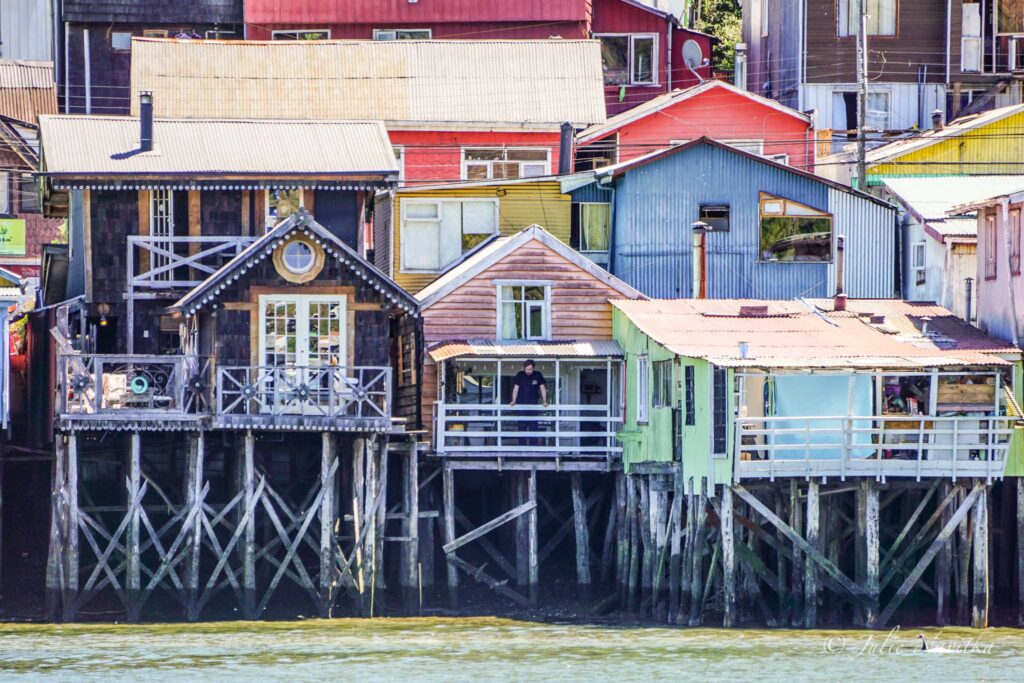
Every little action counts
If you must fly, there are ways to make your flight more eco-friendly, such as flying directly, in economy, and packing light. What you pack also affects your sustainability – shopping second hand or supporting sustainable brands when purchasing new items makes a difference.
Your daily routines also affect your environmental impact as a nomad. You can employ most of the practices for the planet in your accommodation many others would in their own home. Conserve energy by unplugging when not in use, don’t waste water, and only turning on the heat/AC when absolutely necessary. You might even reuse or upcycle items rather than discarding of them.
When venturing away from your remote workspace, walk or ride a bike rather than taking that tempting Uber. We’ve found that most big cities have excellent public transport systems. Listen to a podcast about sustainability while you ride! Buy lots of healthy in-season veggies from the local market. Practice minimalism, and when new gear or health and beauty products are needed, purchase from a reliable company that sources sustainable materials and has a code of ethics.
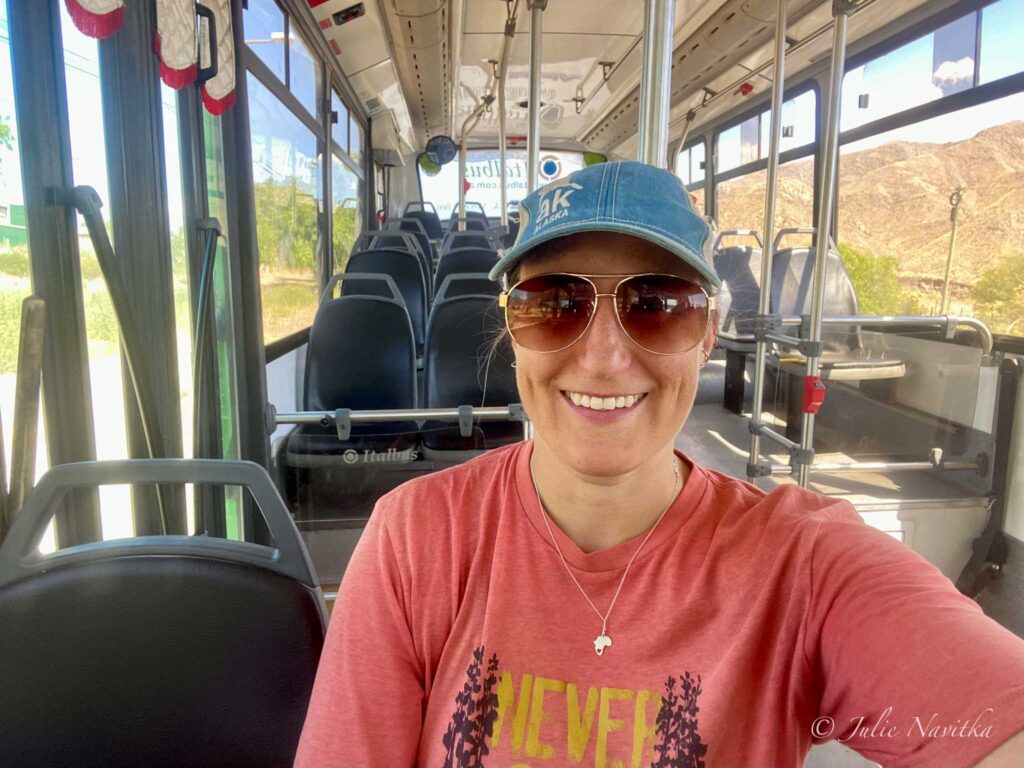
Do your very best to avoid single-use plastics. Have some eco-friendly containers and silicone food bags on hand to use for many purposes. There are many eco-friendly hygiene product alternatives, like zero-waste razors and menstrual cups, for example. Look for eco-friendly product packaging. Learn how to recycle and compost (if possible), and dispose of your waste properly in each new destination you visit.
Cultural and Social Sustainability
Just as you would at home, you’ll want to maintain a sustainable work and travel balance. Taking part in cultural events and visiting historical places in your destination is not only a nice welcome from your carbon neutral remote work, but you’ll be expanding your knowledge about the world and the people in it.
When asked for advice about being respectful to local culture and communities, our friends and fellow sustainable digital nomads Garrett and Stefany Eve of Herbal Ladies offer these tips: “Educate yourself about local customs, show respect for traditions and religious sites, engage respectfully with locals, support local businesses, and be mindful of your impact on the environment and communities.”

Thinking big
Respecting local culture and tradition is paramount for any traveler. Learn and follow social norms and etiquette, like how to greet someone or queue. Rather than question why some things may be done differently than in your home country, learn the history behind the traditions.
If you want to go big, you could try becoming fluent in the local language – I am currently learning Spanish and can hold a basic conversation. As sustainable slomads, our extended time in South America means this is worth the effort!
Every little action counts
Attending events in the local communities shows your support and exposes you to more people. Taking part in local experiences like celebrations, festivals, tours, and the like can help you practice the language and learn more about the region’s history, politics and current issues. If you don’t have the time to learn the local language fluently, make a point to commit to memory the pleasantries and greetings.
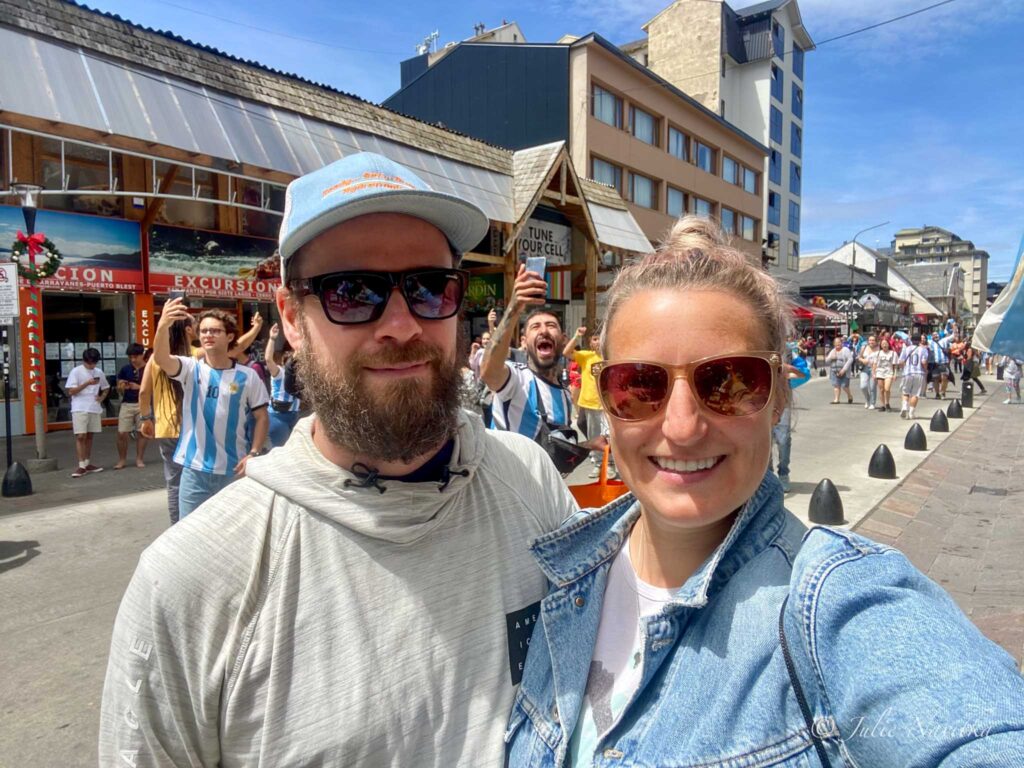
When heading out to explore and be more like tourists than slow-traveling digital nomads, look into the places you want to visit and the companies you want to promote. There should be social and cultural benefits to your visit. For example, do they treat and pay their workers fairly? Are they helping preserve the region’s culture, history, and language?
Economic Sustainability
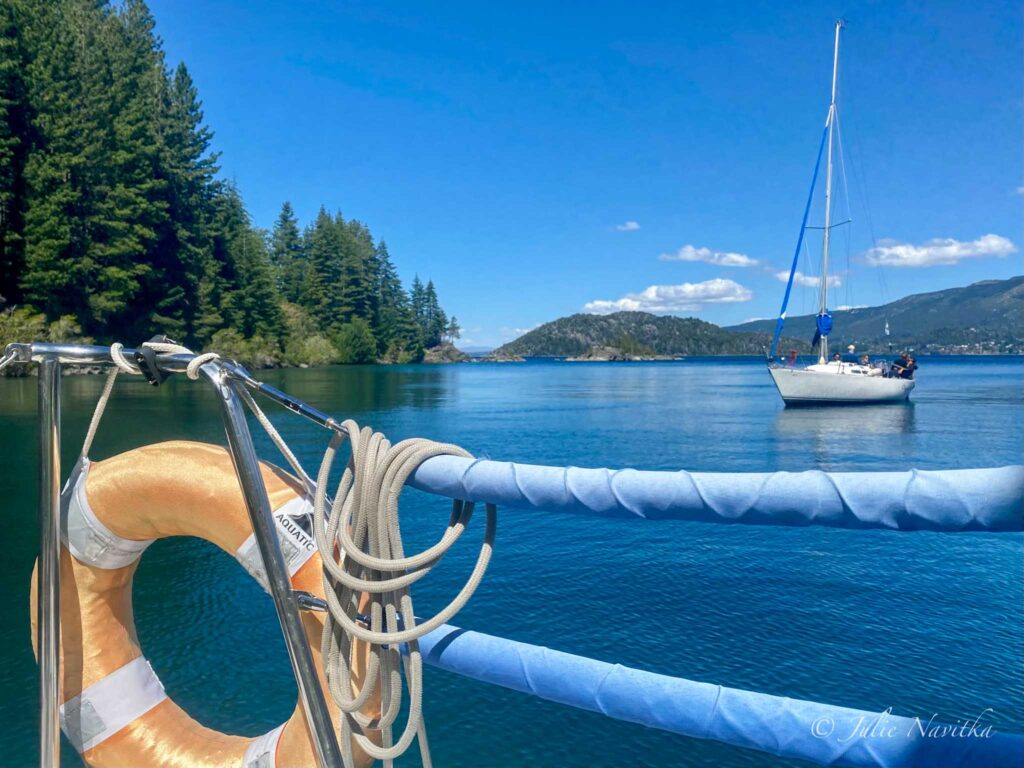
Thinking big
It may seem tempting to decide on the cheapest option regarding accommodation, tours, or experiences, but make it a point to ensure that you are not financially exploiting the local people with your choices. Do some research about the economic situation of the countries you plan to visit – this will help you understand where and how you should spend your money to have the most positive impact.
Every little action counts
Paying for and attending local events and performances contributes positively to the local economy. Choosing to patronize establishments owned by locals, such as restaurants, co-working spaces, and shops, over large chain corporations, is more economically supportive of the country. Buy lots of healthy food at local markets. One of our favourite ways to support the local economy is to visit a local brewery or tour a sustainable winery!
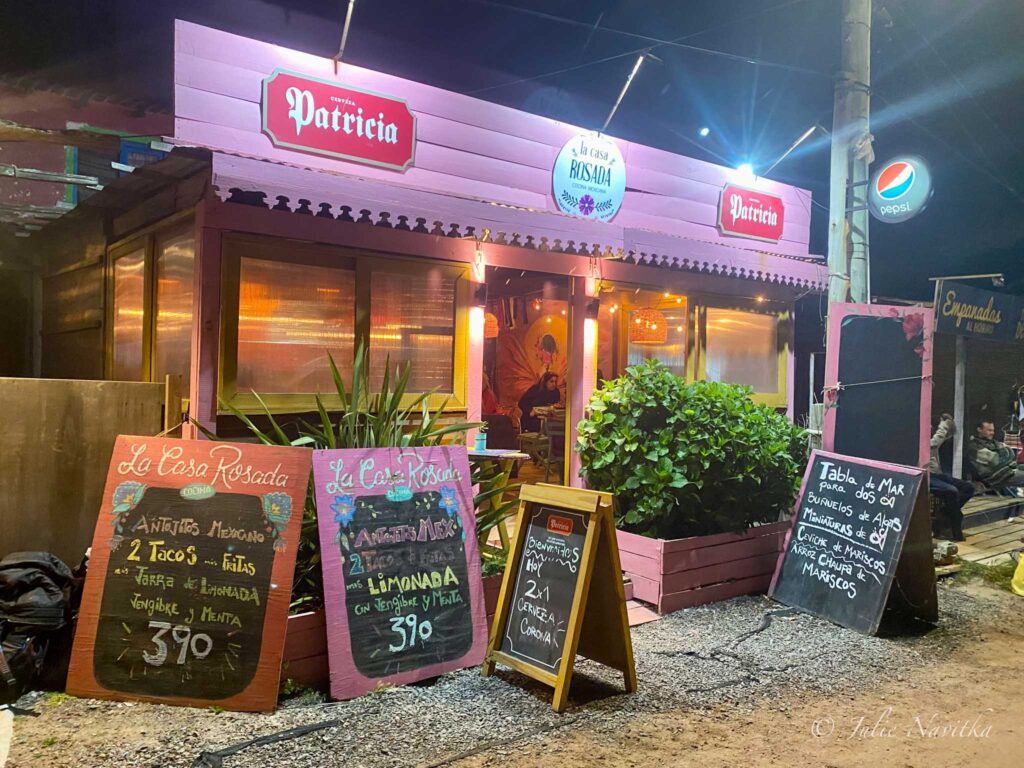
Final Thoughts about being sustainable digital nomads
It is possible to lead a sustainable digital slomad lifestyle. Choose the countries you visit not only based on your working hours or the climate you prefer, but also by how you might benefit the local people and area. Another option to consider when choosing your destinations would be practicing ecotourism. This form of travel has the distinct purpose of benefiting the environment, economy, and culture of the visited area.
Slow travel and mindfulness of the environment, economy, and locals will help ensure that your impact is positive as you work remotely. If you’re considering joining this lifestyle trend and becoming a digital nomad, please keep sustainability in mind!
Remember, every journey begins with just one step, and the grand adventure toward your minimalist and sustainable digital nomad lifestyle is no different!
If you would like some more tips and tricks we incorporate into our lifestyle as slomads, you can follow us on Instagram @successfully_sustainable.

